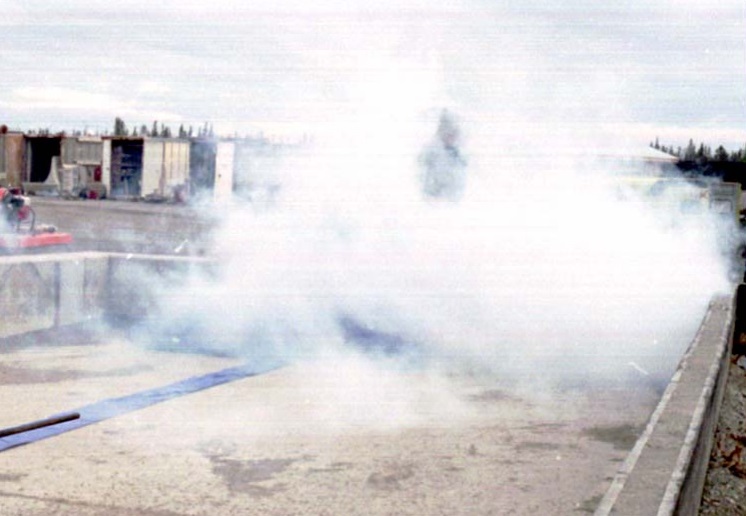With the recent tragedy in Boston, MA involving an anhydrous ammonia (NH3) fatality the internet is buzzing with discussions about what level of PPE is needed to SAFELY respond to an uncontrolled release of NH3. The accident in Boston involved an ammonia refrigeration process inside an enclosed building without adequate ventilation (based on the levels of NH3 the first entry team encountered). The first arriving engine company from BFD (which has an ISO rating of 2) attempted to enter the building for rescue of a missing employee using their turnout/bunker gear and SCBA. They were turned away due to the high levels of NH3 they encountered and two (2) FF’s were treated for skin injuries they received in their attempt. A Level III HAZMAT was declared and the HAZMAT team entered the building donned in LEVEL A ensembles and were able to reach the already deceased employee. One might imagine that this type of tragedy would convince many over to becoming “believers” of LEVEL A and NH3, but some of the discussions I have had with responders just amazes me. Here we have FIRST HAND accounts of an uncontrolled NH3 release (liquid release) and responders receiving injuries (not life threatening) because of the level of their PPE and yet many still want to believe that LEVEL B with just a few more strands of duct tape is all that is needed. I like to remind those non-believers once again of an OSHA LOI from all the way back in 1991 that helps us see what OSHA’s expectations are…
Boston NH3 fatality and BFD response brings us back to the ER PPE discussion for NH3

